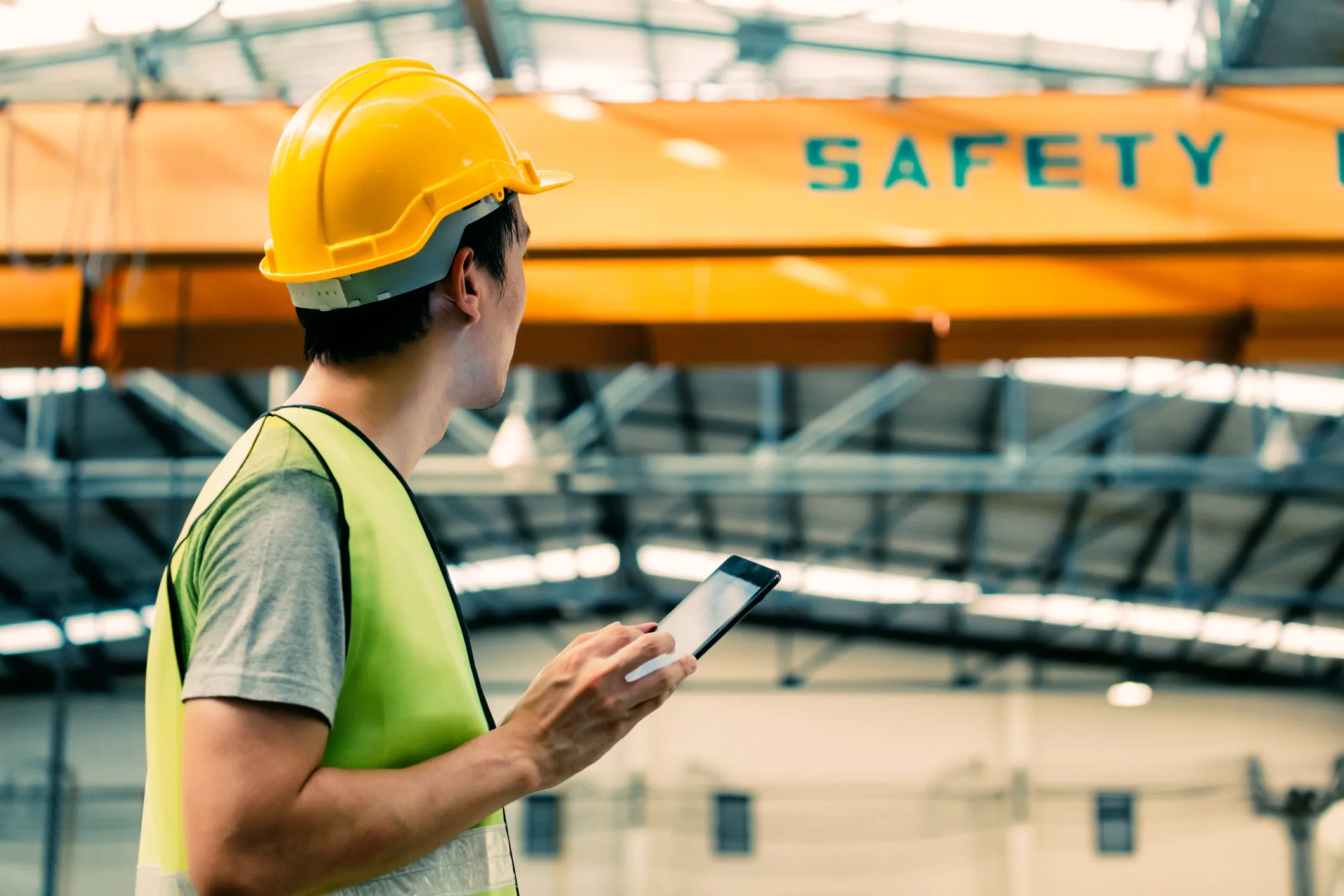
What’s a construction site inspection?
An inspection is performed before a construction project to ensure everything is safe. It allows contractors to identify quality control, worker safety, or on-the-job productivity issues.
How does a construction site safety inspection work?
Safety and workmanship are examined through draw (progress) and quality construction site inspections. Draw inspections are completed once a project gets underway. They’re performed daily and allow a contractor to verify the space is safe. Quality inspections are conducted after a project is finished. They are used to confirm the project was completed per the already determined specifications.
A quality inspection may include a walk-through of a worksite. It may also have a report that details any issues that were identified.
Why are construction site inspections necessary?
Inspections help protect against mistakes during a project. If a contractor finds a problem during an inspection, they can address it before the issue potentially compromises the project.
An inspection helps minimize the risk of fire accidents and other safety problems that put workers and others in danger. A contractor can use an inspection to identify and address a safety issue before it gets out of hand.
What’s included in a construction site inspection checklist?
A checklist may include inspections to evaluate work progress, quality, and compliance with various standards and specifications. Also, a contractor may inspect paints, coatings, concrete, asphalt, and other materials. In addition, they may perform semi-final and final inspections once their work is close to or finished.
What are the different types of construction inspections?
Daily inspections
A daily inspection may be used at the beginning of each shift. The inspection lets a contractor evaluate the types of equipment used, if daily work quality standards are met, and the number of employees at a site. It also helps a contractor find out if their work remains on schedule.
Health and safety inspections
Health and safety inspections are completed based on U.S. Occupational Safety and Health Administration (OSHA) requirements. A contractor or a third party may perform these inspections. They may be used to examine health and safety risks at a site, including using personal protective equipment (PPE) and if personal fall protection systems are in place for employees.
Quality control inspections
These focus on the products and materials used during a project. They help a contractor see if a project is being completed to meet specific quality standards, which can also impact the safety of a completed building.
Building regulation inspections
Building regulation compliance inspections may be used at different points during a project. These provide insights into whether a building being erected or repaired meets various regulations. A third party or local building control authority typically completes them.
Construction draw inspections
Construction draw inspections confirm that the project reaches certain milestones and that funds are used correctly.
A third party usually conducts them after a pay application or draw is submitted to the lender. The purpose of the inspection is to verify that the amount requested on the draw matches the work completed on site.
How long does a construction site inspection take?
The length of time required depends on the inspection type, the workspace size, and other factors.
What should you do if you get hurt at a construction site?
If you suffer an injury because a contractor didn’t perform inspections or made other mistakes, you may be eligible to pursue damages through an insurance claim or personal injury lawsuit. Each case will be unique, and you can ask questions when you speak with a skilled attorney from The Weinstein Law Group. To request a free consultation, contact us online or at (212) 741-3800.

